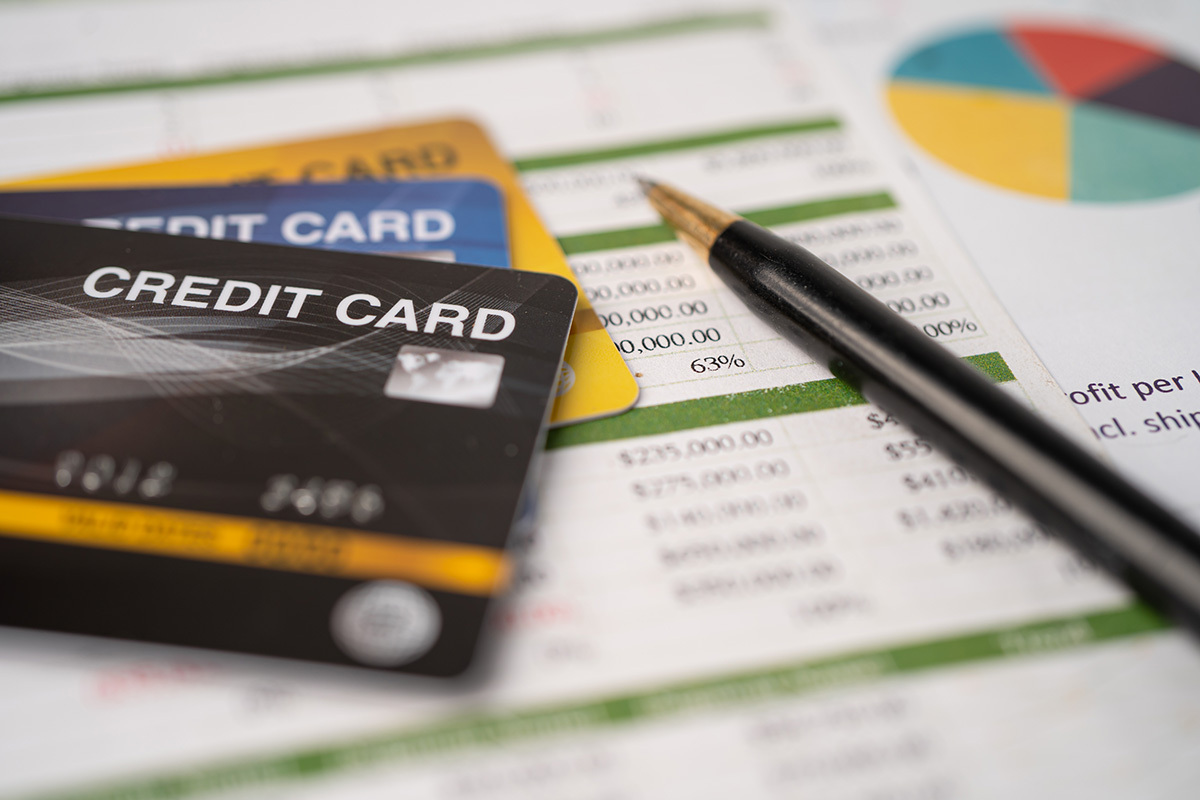An Essential List of Hacks for Credit Cards in 2023
Two words that create a sense of dread in the minds of millions of Americans are “credit cards.” At Beyond Finance, we often hear the stories of what happens to people who aren’t sure how to manage their credit cards effectively. That’s when personal debt skyrockets. That’s why we are committing to moving people beyond debt and providing volumes of financial wellness in the process.
Did you know March is “National Credit Education Month?”
It seems many of us need it because, in 2022, the U.S. hit an all-time high in credit card debt–$930.6 billion. Another study showed that most American households had reached a “boiling point” when using credit cards because of the pain and stress they create.
But that’s the thing–credit cards don’t do it; we do. You can have a better relationship with your credit cards–we only need to learn how. It takes work. That’s where we start a relationship with thousands of clients nationwide. You can do it, and it’s okay if you need help.
Bookmark this page and come back to it often. Here are some things about credit cards you may have known but needed a reminder about or never knew. Regardless, making this month mean something for your plastic money is time.
Here is your list of life hacks for credit cards and other secrets some companies don’t want you to know in 2023. So sit back, breathe easy, and start managing those credit cards.

Fees are negotiable
Yes, really! You may see mysterious “fees” on your credit card statements that reach 18% to 24%. Are you tired of paying them? Are you in good standing with your creditor? If so, call them. The lender could be willing to do the unthinkable, like reduce the interest rate, recommend a lower-priced card among their offerings, or even drop the annual fee.
Ignore the mail
We have all read the clever marketing junk mail that assures you there is no need to pay more than 3% of your monthly balance. It feels good and allows you to breathe a little, but that’s what creditors and banks want you to think because they make way more money from finance charges the longer you stick around. Pay all you can each month and get on top of that wave of debt.
Not-so-fixed rates
All credit cards are attached to an annual percentage rate or APR. Did you know a creditor or bank doesn’t have to tell you if and when your APR increases? You could miss a payment, and then, before you know it, you’re paying 24% APR instead of the 16% you signed. Sometimes, you could get a 30- or 45-day notice, but only occasionally. Keep an eye on your statements.
And not-so-amazing grace
One of the most significant advantages of credit cards over debit cards is the grace period. You don’t have to pay for whatever immediately. A “grace period” goes from the billing cycle past the due date of your bill—those used to be 25 days to give you time to get to another payday. Only many banks and creditors want to reduce that grace period to 21 days or completely eliminate them. Be sure to confirm what your grace period is–or isn’t–on your following statement.
Two times punishment
Sometimes, life isn’t fair. That is true in the world of credit cards. We’ve all been there. The holiday rush and you are doling out the credit card without thinking. Then the bills come in, and you realize you overspent your budget (again). So, you miss a payment. What harm could it do? Credit card companies punish you twice for one mistake–a late fee of $35 and a hike in your APR up to 30%.
A revolving door
If you pay minimum amounts or can’t quite go a month without spending on the credit card, you are known as a “revolver.” This term is from the credit card companies because you always carry a “revolving balance” each month. They’re grateful for you because that debt means interest and finance charges. The more you pay each month, the less they like you. But you’ll enjoy yourself much more, so there’s that.
30 is the magic number
This mathematical equation with credit card debt is called the “credit utilization ratio.” Essentially, this is the total available credit divided by the total amount of credit you use. Look at the limits of all your credit cards. Let’s say they equal up to $10,000. Now, look at how much you owe on all of them. If that total number is more than $3,000 (in this example), you are over the 30% ratio. Get it down because your FICO score is about to go down too.
